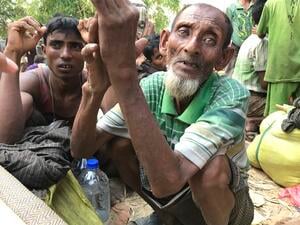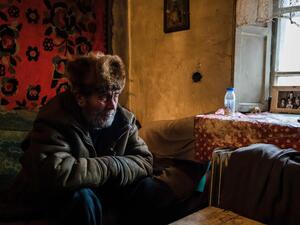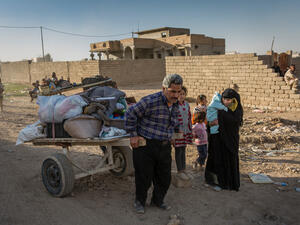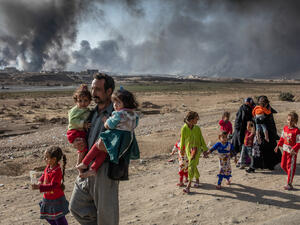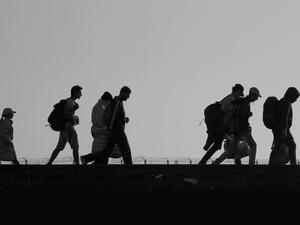Asylum statistics, third quarter 2003
Asylum statistics, third quarter 2003
The industrialized country asylum statistics for the third quarter of this year confirm the various main trends seen earlier in the year, according to new figures compiled by UNHCR. Those main trends are:
- a reduction in overall numbers compared with previous years
- a continued increase in the number of asylum seekers from the Russian Federation
- a continued drop in the numbers of Iraqis seeking asylum
The 29 industrialized countries covered by the report, which excludes Italy, received 115,662 asylum applications during the period July to September. This marks a slight increase (9 percent) over the second quarter. In the case of the EU the increase was 14 percent, but this was still the second lowest quarterly total for the EU since UNHCR started collecting quarterly data at the beginning of 1999.
Overall, 20 percent fewer asylum seekers applied for asylum in the first nine months of 2003 compared to the same period last year, and 24 percent fewer than the same timeframe in 2001. For the EU, the total so far in 2003 is 21 percent lower than the same period last year and 22 percent lower than in 2001.
Asylum applications by Russians - the great majority of whom are believed to be Chechens - rose again in the third quarter of 2003. With 23,681 applications over the first nine months, they have now taken over from the Iraqis (21,610) as the top group of asylum seekers. The increase in Russian asylum-seekers has been steep and steady: from slightly more than 5,000 in the first quarter, to 7,700 in the second quarter, to just under 11,000 in the third quarter. More than half the Russian asylum claims have been lodged in just three countries - Austria, Poland and the Czech Republic. Germany, Norway, Slovakia and Belgium have also received sizeable numbers of asylum applications from Russian citizens.
The numbers of Iraqi applications have followed a reverse pattern, falling from 11,100 in the first quarter (top group) to 4,100 in the third quarter (6th top group). However, over the whole nine months they are still the second largest group, after the Russians.
Most of the other major groups of asylum seekers have fallen in number compared to the first nine months of 2002. The number of Afghan asylum seekers declined by 48 percent; Serbians and Montenegrins by 24 percent; Chinese by 19 percent; and Turks by 18 percent. The number of Pakistanis is up 14 percent, and Somalis by 12 percent by comparison with the same period last year.
Of the 29 asylum countries listed, the U.K. had the largest number of asylum seekers over the nine-month period, with 47,900, followed by the U.S. with 43,600, Germany with 38,900 and France with 37,200. By comparison with the first nine months of last year, the number of applications in the U.K. has dropped by 39 percent, the U.S by 32 percent, and Germany by 28 percent. France received almost exactly the same number as in the same period in 2002.
With the exception of Greece (up 64 percent), Poland (up 63 percent) and the Czech Republic (up 27 percent), all other major receiving nations have received similar or smaller numbers of asylum seekers than during the first nine months of 2002.


